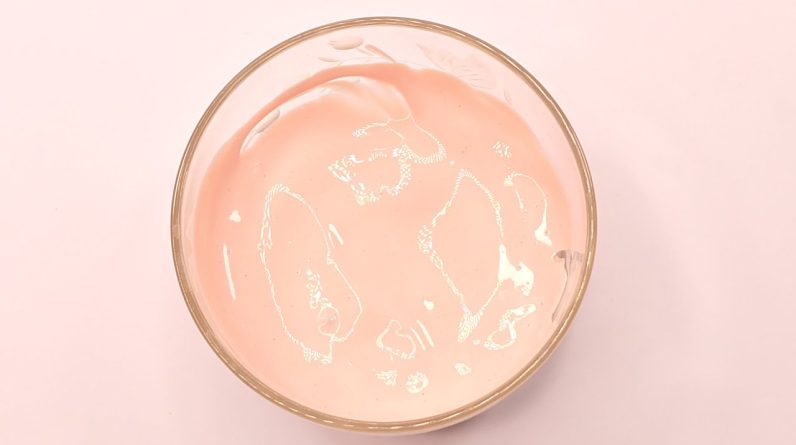See The 10 Best Manuka Honeys on Ezvid Wiki ►►
Fact #1. Manuka honey is named after the tree that is used to make it. The manuka tree is native to New Zealand and southeastern Australia. During its 6 week blooming period, European honey bees are released. These bees collect pollen from the trees and create honey from it. To be labeled genuine manuka honey, at least 70% of its pollen content must come from manuka trees.
Fact #2. Manuka honey has a wide range of health benefits. When applied to the skin, it can help cuts and burns heal faster and prevent infection. It can also help clear up acne and eczema. When eaten, it is believed to help treat or even prevent certain types of cancers. It also has anti-inflammatory properties. And unlike prescription antibiotics, it won’t cause the development of drug-resistant bacteria.
Fact #3. Manuka honey has a higher viscosity than most other honeys. This means that it is thicker and gooier. Experts believe that this is due to high levels of certain types of proteins. The honey has a dark brown color and a strong earthy flavor.
Fact #4. Manuka honey is rated based on its antibacterial properties. The Unique Manuka Factor association of New Zealand, or UMF, regulates this. They lab test the honey and display the rating on their jars. The higher the number, the more potent the honey. Anything below a 10 is too weak to have much therapeutic use. The ideal level is between 10 and 18.
Fact #5. Manuka honey is praised for its natural purity. Manuka trees grow in a relatively pollution free environment. And they aren’t treated with industrial chemicals or pesticides. This means that manuka honey is an all natural chemical-free substance.
source







